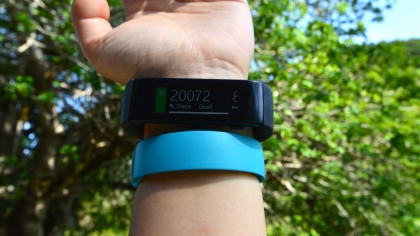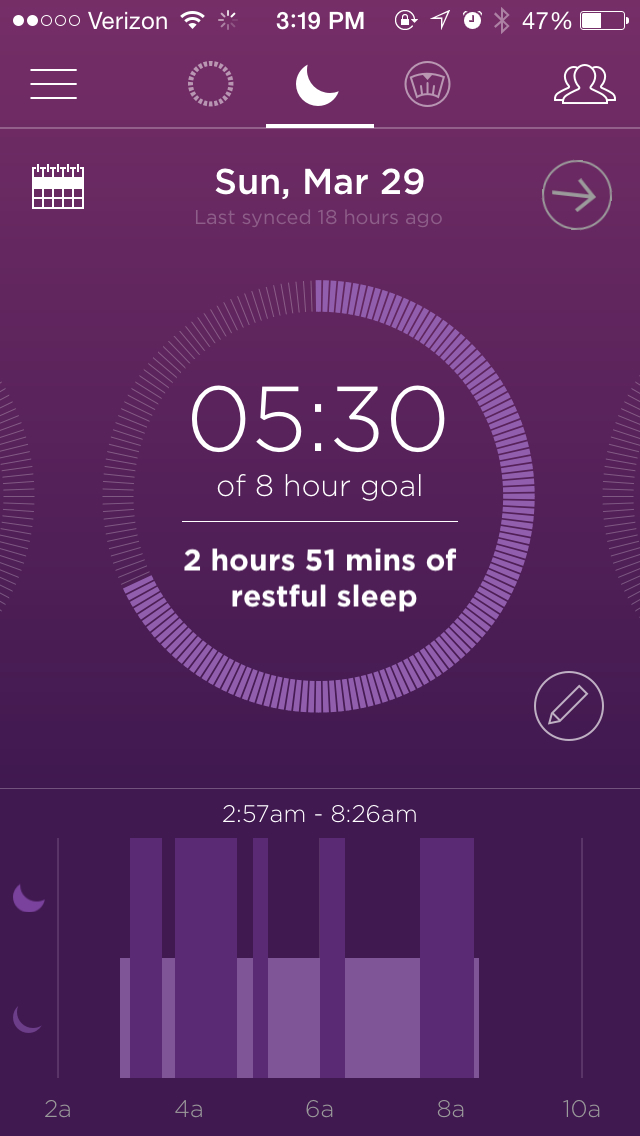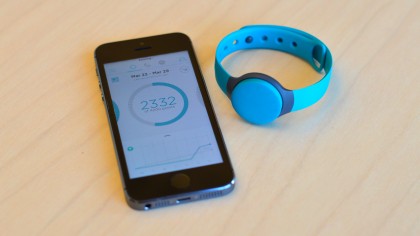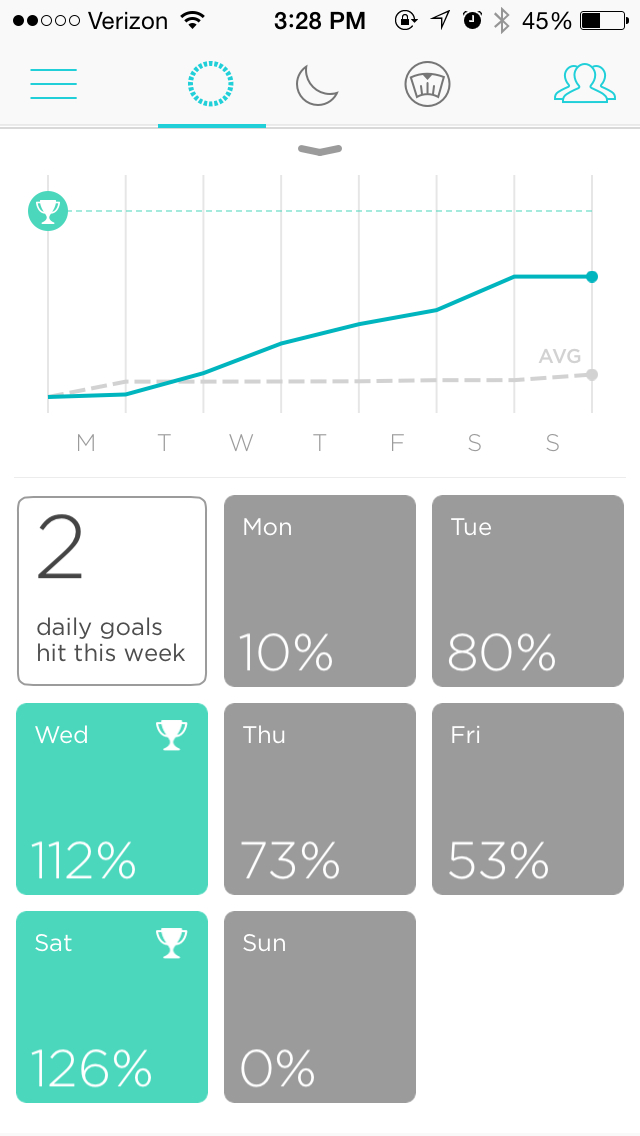Why you can trust TechRadar
The Misfit Flash has a 3-axis accelerometer and can measure steps, calories burned, and distance along with sleep quality and duration.
However, I found that the Flash is far less precise than other fitness trackers I've used.

The end of my four-hour hike yielded about 17,000 steps from the Flash. But my Microsoft Band and the HealthKit app on the iPhone 5S both tallied up around 20,000 steps. It's worth mentioning that I put both wearables on and the phone in my pocket at the same time. I also subtracted the amount of steps I took in the morning before my hike from those numbers.

Sleep tracking was also sketchy at best. I used the Flash in conjunction with the Microsoft Band to see how the two stacked up against each other and got vastly different results. Unless I'm reading them wrong, the Misfit app doesn't do a very good job displaying my sleeping habits.
The Misfit wearable tracks sleep through your movements automatically, while the Band requires a button push to begin its movement tracking. The latter also uses a heart rate monitor to check on your resting heart rate. The Flash is left at a disadvantage compared to Microsoft's sensor beast, so it's understandable that the numbers it collected weren't the most accurate.
Automatic tracking is nice though, since I'm the type of person who would forget to push a button every night and every morning. That said, perhaps an automated solution is not the most exact science to track sleep.
Compatibility
Like a lot of other fitness trackers, the Flash can be used with almost all mobile devices including the iPhone 6 and 6 Plus all the way down to the iPhone 4S, if its running iOS 7 and later.
Sign up for breaking news, reviews, opinion, top tech deals, and more.
Most Android handsets work with the Flash - notably the Samsung Galaxy S5, S4, Note 3, Google Nexus 5 and 4 with Android 4.3 JellyBean and later.
Though available to use with the Shine, Windows Phone compatibility is still "coming soon" for the Flash.
Battery life
Perhaps the most appealing feature of the Flash? The tracker's super long battery life and the fact that it requires no charging.
Lack of cords alone has helped it stay on my wrist longer than most other wearables simply because there's no need to take it off since I don't have to worry about juicing it up.
There's also hardly anything to charge in the first place, since the Flash utilizes Bluetooth 4.1 or BLE (Bluetooth Low Energy), to sync up with your smartphone.
When the six months of battery life is finally up, all you have to do is replace the coin cell battery, just like you would with an analogue watch.

The app and interface
The Flash app has a straightforward user interface that is easy to read but scrolling through the different days or weeks can be tedious.

There are different tabs where you can view your weekly and daily step output, check your sleep patterns and monitor your weight. Similar to Jawbone's app, you can also connect with friends to share and compete to "celebrate activity."
Like other fitness tracking apps, this one also has graphs depicting metrics. I like the goal chart in particular, which you can swipe up to view, because it lets me know how many goals I've hit and gives me percentages for each day.
The sleep charts are less clear, unfortunately. The app simply doesn't do much to really tell me what the different colored bars mean.
Current page: Performance, compatibility, app and battery life
Prev Page Introduction, display, design and comfort Next Page Verdict